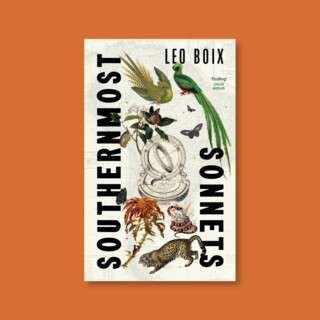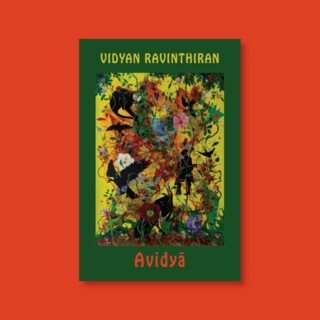
In 1790, while serving in the Piedmontese army, the French aristocrat Xavier de Maistre was arrested for duelling and sentenced to 42 days imprisonment in his own lodgings. The result was the singular little masterpiece A Journey Around My Room. With the whole of Britain now sharing something like de Maistre’s plight, I’ve decided to recreate the book in miniature (I thought I had a copy somewhere in the house, but if I do, I can’t find it, and can’t get to the shop to buy another, and in any case, we think it’s out of print at the moment) with one important difference. As our house arrest is less strict than de Maistre’s (he makes it no further than his window-ledge, and that in the sequel A Nocturnal Expedition Around my Room), and because in early Spring I’d normally be out in search of Swinburne’s hounds on Winter’s traces, I’ll allow myself to stray into the garden.
So the day starts with birdsong, more noticeable than usual in the absence of traffic noise and aircraft. This is a good time of year to start disentangling one singer from another. Not many of our Summer visitors have arrived yet, so only the residents are singing – Dunnock, Robin, Song Thrush, Blackbird, Wren and – to stretch the definition of song a little – the Magpie that is using the twigs from our as yet leafless silver birch to build a nest in next door’s garden. From first light, the various species of tits - Great, Blue and Coal – are busy getting ready for the breeding season.
As the sun climbs, various insects follow it. Columns of midges, a few hoverflies (read Fredrik Sjoberg’s The Fly Trap to discover how compelling hoverflies can be) a bumblebee or two. There aren’t many flowers blooming yet for the nectar seekers; Lesser Celandine and my favourite weed Herb Robert are the most noticeable. Geranium robertianum, a pretty little native geranium, will seemingly grow anywhere, in any or even almost no soil, and in climatic conditions ranging from drought to flood. I think I’ve seen it in flower in every month of the year. Ficaria verna on the other hand, as its Latin name implies, is very much an early spring flower, although I have seen it flowering as early as November, which is definitely stretching the definition of spring. In the company of Wood Anemone it carpets our local woodlands at this time of year, its bright yellow star-like flowers basking in the sunlight that the as-yet leafless trees allow to pass, turning towards the light like sunflowers and closing tightly when night falls. At the lawn edges in the garden it’s a welcome early blast of colour. By the end of April it will have disappeared without trace.
In the holly hedge, as in the living room, a variety of spiders are hard at work on webs – inside, most often those splendid, gothic tangles reminiscent of Miss Havisham’s sitting room in Great Expectations, outside, the proper Charlotte’s Web affairs in trees and bushes, the work of Araneus diadematus in the main, also known as garden spider, diadem spider, orangie, cross spider and crowned orb weaver. The Latin and the common names taken together give a good sense of its habitat, its habits and its appearance. At this time of year it’s fairly small, chestnut in colour and with a distinct white cross on its back. By the end of summer the females in particular can reach, by the standards of British spiders, a fairly impressive size. In the grass the horizontal canopies spun by money spiders catch the morning dew, along with the rising midges.
Then dusk, and the birds are singing again, and I think about Hardy’s ‘Darkling Thrush’:
So little cause for carolings
Of such ecstatic sound
Was written on terrestrial things
Afar or nigh around,
That I could think there trembled through
His happy good-night air
Some blessed Hope, whereof he knew
And I was unaware.
It’s a poem I’ve heard a lot, recently, but I’ve always found it troubling. Hardy seems to be placing on the shoulders of the poor bird a burden it can’t possibly carry, and of which it can’t possibly be aware.
Then silence, at least to human ears. In fact, the darkness is filled with the ear-splitting screech of bats (not, I know, the world’s favourite taxon at the moment), newly emerged from hibernation, quartering the gardens like tiny nocturnal harriers in search of insect prey. Only a few as yet; mainly Pipistrelles in three, I think, varieties, the two species of Noctule, but they’ll be joined by others as the nights grow shorter. It’s only at dusk that I see them, but with a bat detector, attached to a computer, I can listen to them all night long, and watch the distinctive curves of their echolocation cries dance across the screen, each species with its own distinctive shape, occasionally compressing to an ecstatic buzz as they approach an insect, then devour it on the wing. Slowed down, the Noctules have a rather melancholy sound, like owls hooting. The Long-Eared Bats yap a bit like Yorkshire terriers, while the Pipistrelles remind me of swifts, whose arrival (it must be soon!) is always a high point of my year. But mostly, of course, these non-humans resemble themselves far more closely than anything else. For all the pleasure that we can and should and must take in the natural world, it’s not there to make us better humans or better inhabitants of the planet. In all its mysterious, fascinating beauty, it isn’t there for us, or them, or even them and us. What fundamentally it is about is it. Let’s take a little while to admire it.




